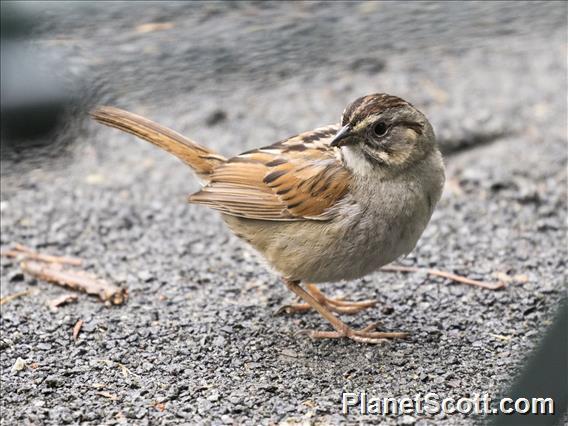Swamp Sparrow (Melospiza georgiana)

Swamp Sparrow (Melospiza georgiana)

Swamp Sparrow (Melospiza georgiana)


×



Swamp Sparrow (Melospiza georgiana)

Swamp Sparrow (Melospiza georgiana)
About Swamp Sparrow (Melospiza georgiana)
- Kingdom: Animals
- Phylum: Chordates
- Class: Birds
- Order: Perching Birds
- Family: Old World Buntings
The swamp sparrow is a medium-sized New World sparrow related to the song sparrow.
Source: Wikipedia
Visits
-
2012-06-03
Nellsville Boardwalk, United States of America -
2014-12-21
Arrowhead Marsh, United States of America -
2015-01-19
Lake Merced , United States of America -
-
-
-
-
-
-
-





